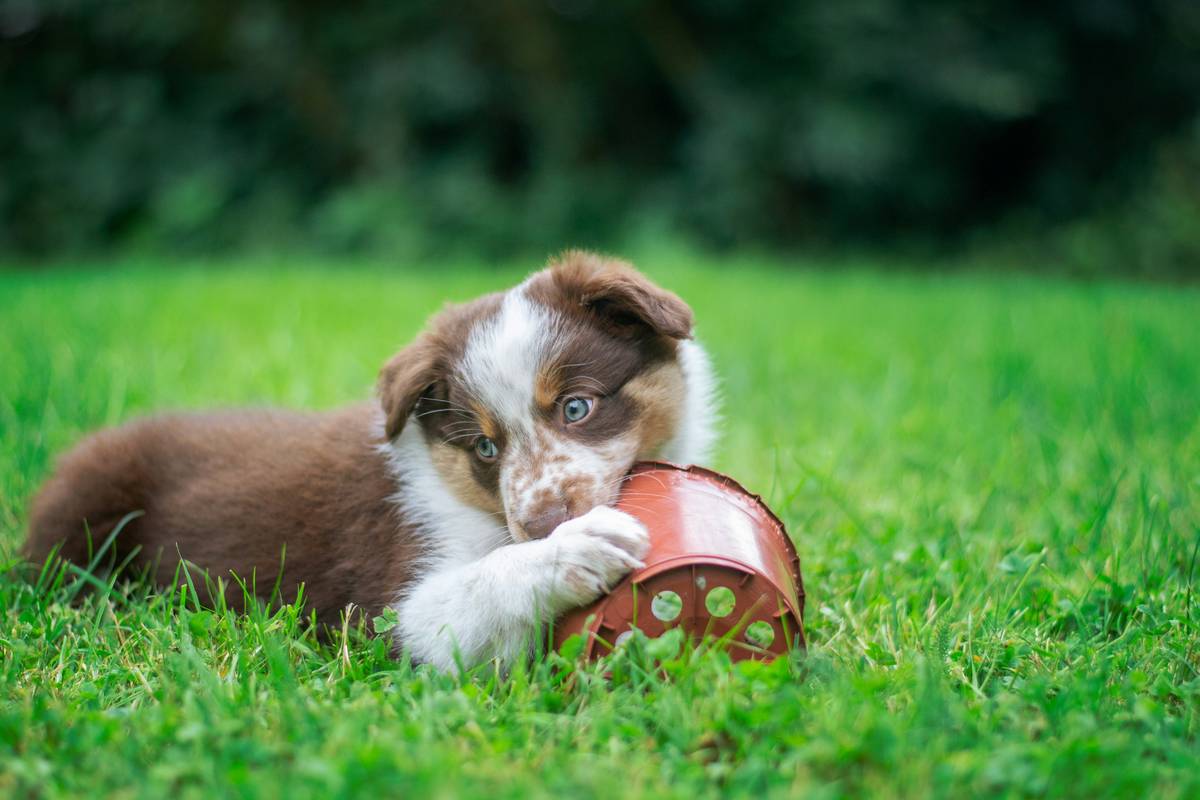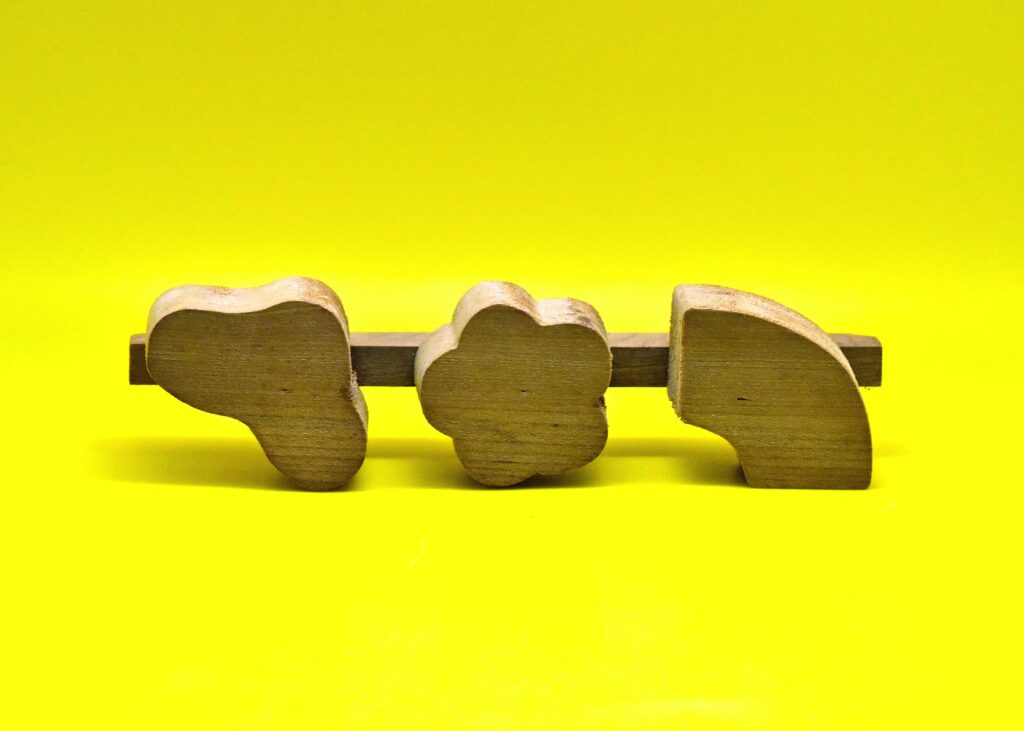Have you ever noticed your dog gnawing relentlessly on a shoe or your cat chewing anything within reach? That’s not just boredom—it could be a cry for better dental health! Did you know that over 80% of dogs and 70% of cats show signs of oral disease by the age of three? Yikes.
In this blog post, we’ll explore how pet dental activity toys aren’t just fun distractions but essential tools to keep your furry friend’s pearly whites healthy. Get ready to discover smart strategies, vet-approved tips, and some laughable fails I’ve personally experienced (spoiler: one involved a squirrel-themed chew toy gone rogue).
Table of Contents:
- Why Dental Toys Matter for Pets
- Step-by-Step Guide: Choosing the Right Pet Dental Toy
- Best Practices for Using Dental Toys Effectively
- Real-Life Success Stories: Happy Mouths = Happy Owners
- FAQs About Pet Dental Activity Toys
Key Takeaways
- Pet dental activity toys are vital for both entertainment and hygiene.
- Selecting the right toy depends on size, material, and chew strength.
- Regular use prevents plaque buildup and makes vet visits less stressful.
- Avoid overly hard toys—they can damage teeth.
Why Dental Toys Matter for Pets
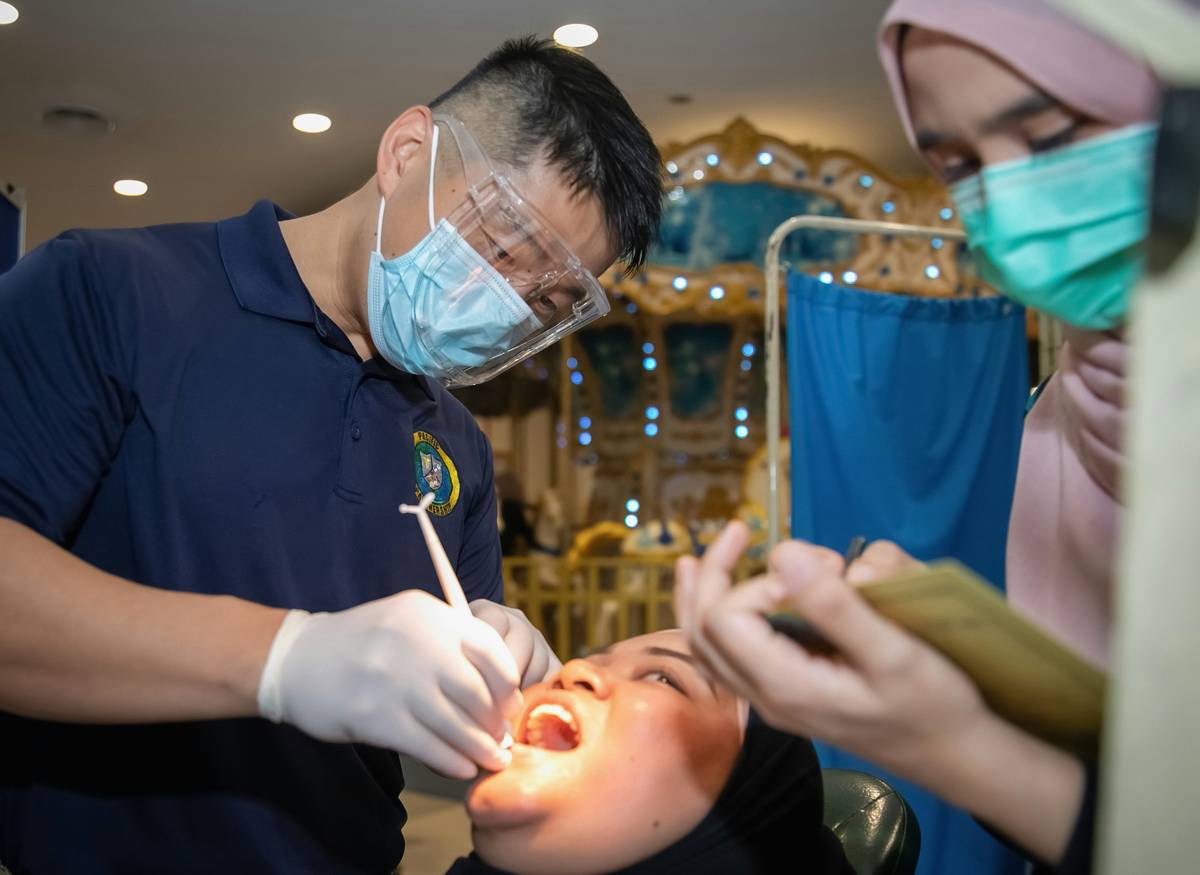
Dental issues in pets don’t just lead to bad breath—they can result in severe health problems like gum infections and heart disease. Yet, most pet owners overlook their fur babies’ oral care until it’s too late. Picture this: my own Cavalier King Charles Spaniel once had such tartar buildup that her annual cleaning turned into an emergency procedure. Lesson learned—the hard way!
“Optimist You:” “Dental toys will save me from expensive vet bills!”
“Grumpy You:” “Ugh, fine—but only if they work AND stand up to obsessive chewing.”
Step-by-Step Guide: Choosing the Right Pet Dental Toy
Step 1: Know Your Pet’s Size and Strength
Big dogs need bigger toys; small breeds require softer options. A toy designed for a Rottweiler might choke a Chihuahua, and vice versa.
Step 2: Prioritize Durable Materials
Rubber and nylon are excellent choices because they’re tough enough to resist aggressive chewing while remaining safe for teeth. Plastic bones? Nope, nope, nope.
Step 3: Look for Textured Surfaces
Toys with grooves mimic toothbrush action, scraping away food particles and plaque. Bonus points if they also squeak—your pet will love the extra stimulation.
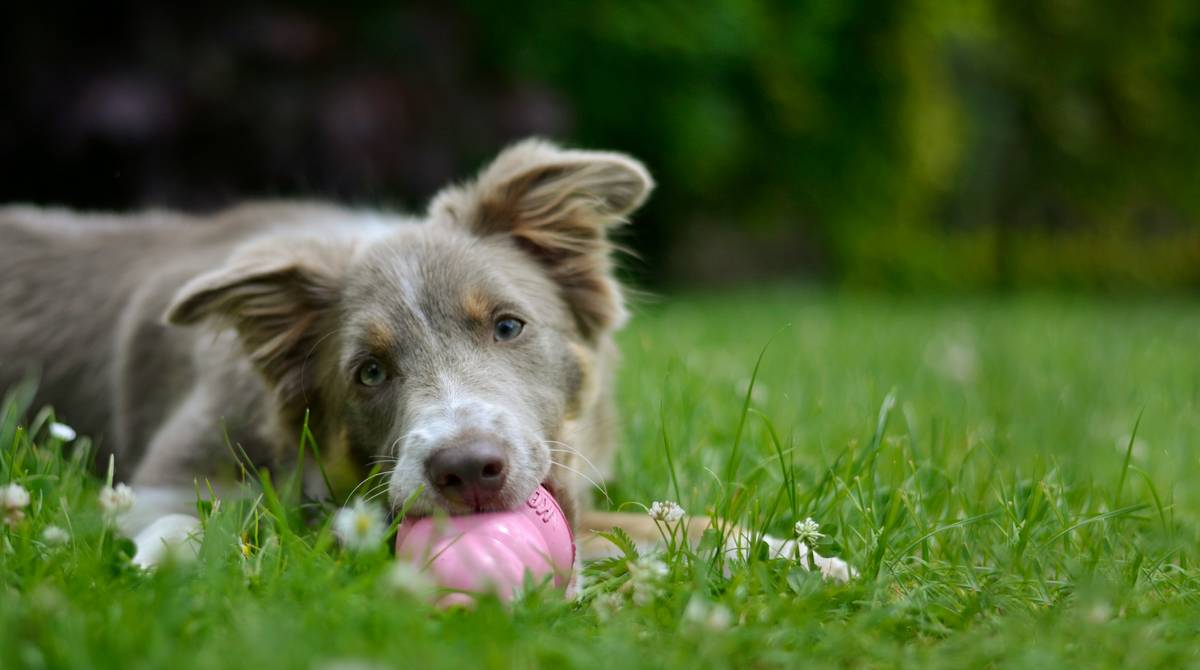
Best Practices for Using Dental Toys Effectively
- Rotate Toys Frequently: Keeping things fresh prevents boredom and ensures all areas of the mouth get attention.
- Supervise Playtime: Even durable toys can break under intense pressure. Keep an eye out for cracks or loose pieces.
- Add Flavor Rewards: Spread a little peanut butter inside hollow toys to encourage longer play sessions.
- Avoid Counterfeit Products: Yes, cheaper knock-offs exist, but they’re often made with toxic materials. Spend wisely!
Terrible Tip Disclaimer: “Save money by skipping professional cleanings entirely.” Um, NOPE. Regular vet checkups combined with at-home care is the winning combo.
Rant Alert: Why do so many companies still sell “dental sticks” without proper research backing their claims? It’s infuriating! Stick to products approved by veterinary associations or risk wasting time (and cash) on gimmicks.
Real-Life Success Stories: Happy Mouths = Happy Owners
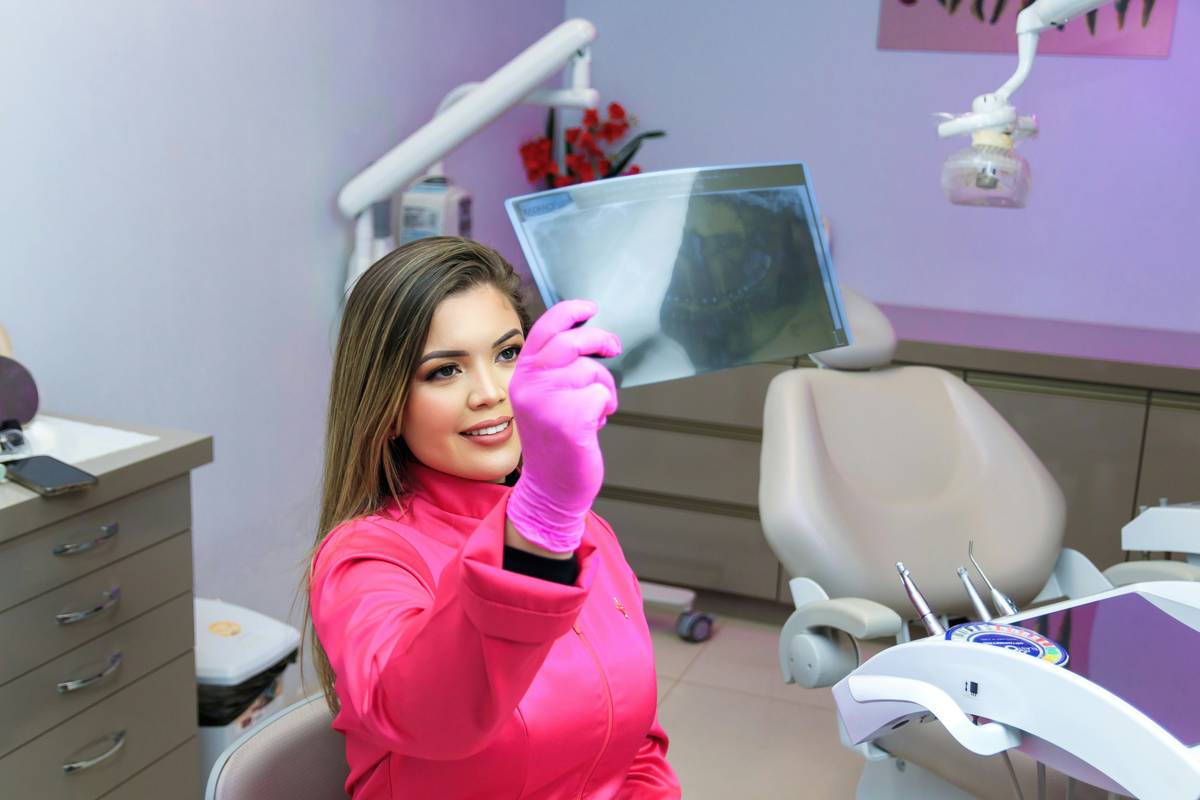
Meet Sarah and her Labrador Max. After introducing interactive dental toys during daily playtime, Max’s yearly dental exam showed a 40% reduction in plaque buildup! As Sarah puts it: “Max grins like he’s won the lottery every time I bring out his favorite squeaky ball.”
Moral of the story? Investing in quality pet dental activity products pays off—not just in vet savings but in wagging tails and purrs aplenty.
FAQs About Pet Dental Activity Toys
Q: Can any toy double as a dental toy?
No! Only toys specifically designed to promote pet dental activity offer textures and features that actually benefit oral health.
Q: How often should I replace these toys?
If you notice visible wear, tears, or missing parts, swap them out immediately. Most high-quality toys last several months with proper supervision.
Q: Are there risks associated with dental toys?
Overly hard toys may fracture teeth, and poor-quality materials could pose choking hazards. Always prioritize safety when shopping.
Conclusion
By now, you understand why incorporating pet dental activity toys into your routine isn’t optional—it’s crucial. With the right knowledge and tools, you’ll turn oral care into a game your pet looks forward to. Remember, happy smiles = happy homes!
Like a Tamagotchi, your SEO needs daily care. Or, in this case, your pet’s teeth need regular #PlayWithPurpose. 😉
Haiku Time:
Chew, chew, healthier gums,
Squeaky joys never end,
Good boy gets treats!
